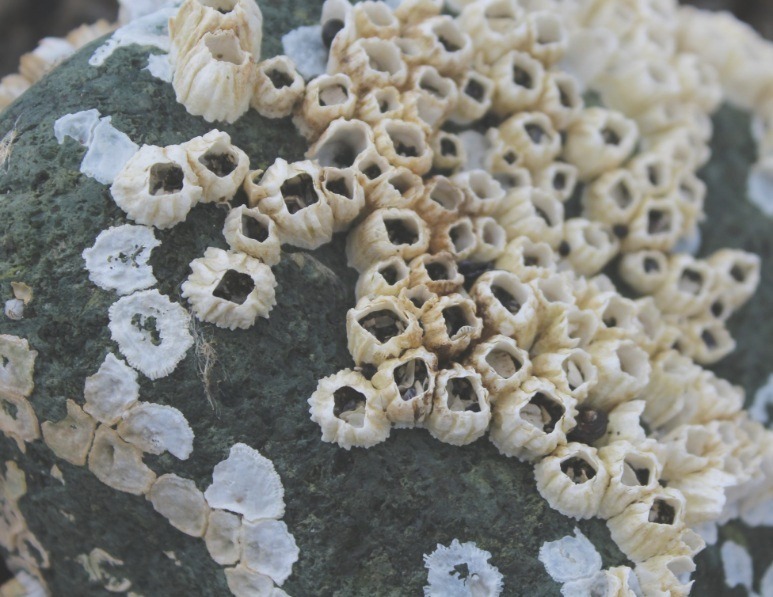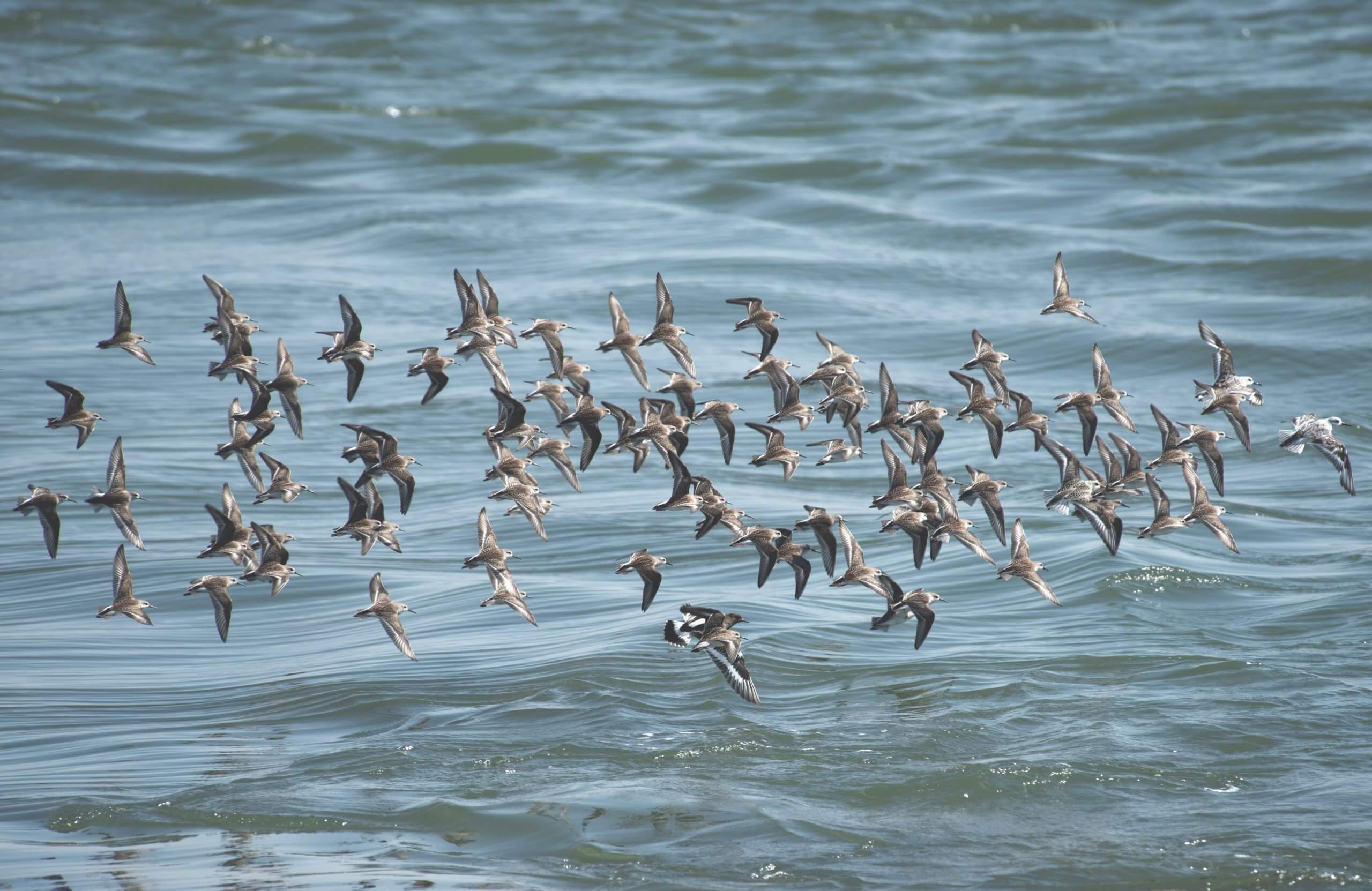One of the things I loved most about being a PhD candidate was the ability to dig deep into the details (I could tell you more about barnacle genetics than anyone really should know). But there are times when it might be necessary to quickly get a handle on a scientific field beyond your own. You might be interested in finding new collaborators for an interdisciplinary project, or need to figure out where your science might fit into a slightly different theme for which there seems to be an abundance of funding opportunities. In either case, trying to assess a new scientific landscape can feel overwhelming…especially when you think about all of the work it took to master understanding of your own field. But there are ways to meet this challenge and also occasionally eat and sleep. In fact, this task of sleuthing a scientific landscape is a big part of what many of us do here at COMPASS. Hopefully, some of our collective lessons learned could make your job a bit easier:
STEP 1: Identify the Why & Start the Clock
Set explicit goals for your sleuthing project based on why you are doing it and how much time you have to carry it out. Do you just need context to give a talk to a new audience next week, or are you setting out to apply for a 5-year, multi-million dollar grant? For the former, you might just need to know some of the major issues and recent advances, while the latter could entail knowing the field well enough to be explicit about how your work can advance recent lines of thinking or who might be the best options for potential collaborators. As you begin to research a new field, be ruthless about focusing on things you need to know to reach your goals rather than what you might want to know. Think of it as applying the idea of “so what” to everything you take in: How does this new information help you better connect to or understand this new field in a way that is relevant and useful to your immediate purpose?
STEP 2: Find the Top Issues & Network Nodes
Thinking like a journalist is essential here. Not only should you do a quick search for relevant media coverage (which should give you a sense of the top newsworthy issues in the field), but also interviewing people immersed in the field is much more efficient than wading through stacks of peer-reviewed papers. In the words of Nancy Baron, “A successful interview is when it makes both people think about something in a different way or helps them to make more new connections than they would have before.” And in this case, either you or your interview subject (or both!) might walk away from the conversation with new ideas about how your respective scientific worlds could inform, and even transform, each other. Here’s how we approach this sort of thing at COMPASS:
- Identify the right people to talk to by asking peers and looking for scientists who have participated on high-level science panels on the topic. One of Erica Goldman’s approaches is to look for relevant National Academy of Sciences reports and “use the study directors or specific panelists as starting points for how to navigate these communities.” And remember to ask each person you talk to who else you should be having a conversation with. Although this might seem to create an overwhelming list of people in the beginning, eventually you will start to hear a few names repeatedly – and these network nodes should be at the top of your priority list.
- Before interviews, do some background research – but don’t make it exhaustive. Karen McLeod’s rule of thumb is “the amount of digging you can do in 30 min[utes] should be sufficient.”
- Have some specific questions in mind…but don’t be afraid to go off-track to follow an interesting thread of conversation. At COMPASS we are often asking scientists questions like, “Where do you see the biggest disconnects between science and policy in your field?”, but your questions might be more along the lines of, “What are the most urgent unanswered scientific questions in your field and what are the major obstacles to answering them?” In general, it’s best to focus on open-ended questions that force people to give more than “yes” or “no” responses. And use follow-up questions to try and keep the conversation at the appropriate level of breadth vs. depth.
- Remember that the best dialogues are a conversation rather than a strict Q&A. As Liz Neeley points out, “It’s not just about asking questions and getting the answers you need. Reciprocity is important. Sharing relevant information makes the discussion more valuable and encourages future connections.”
- The end of the conversation is a great place to say, “Ok, so this is what I am hearing from you…Is there anything I missed?” Also share some of what you have been hearing from other people or ideas the conversation has already sparked for you.
- As in any scientific endeavor, efficient information management is crucial. Whether you are carrying out this sleuthing solo or working as part of a team, have a system in place that allows you to quickly assess the topline take-homes from any conversation while also linking to resources should you need to dive deeper. At COMPASS, we rely heavily on tagged notes in Evernote, but there are countless technological options out there today.
STEP 3: Know When Enough Is Enough
Once you start to hear many of the same names and themes from a variety of sources, you can feel more confident that you have indeed identified the top issues and network nodes. At this point, you should have a wealth of information and also plenty of leads if you need to dive deeper. Use your “so what” to gauge when your search is going beyond what you need to know based on your goals. As Chad English says, “I never have all of the information that I want, but at some point I have enough.”
Although some of these steps might seem a bit unfamiliar at first, the ultimate goal is the same as any scientific enterprise: asking the right questions in the right context to get a better understanding of how something works. And, in my experience, while people are significantly harder to work with than barnacles, the payoff in stimulating conversations is well worth the effort.



